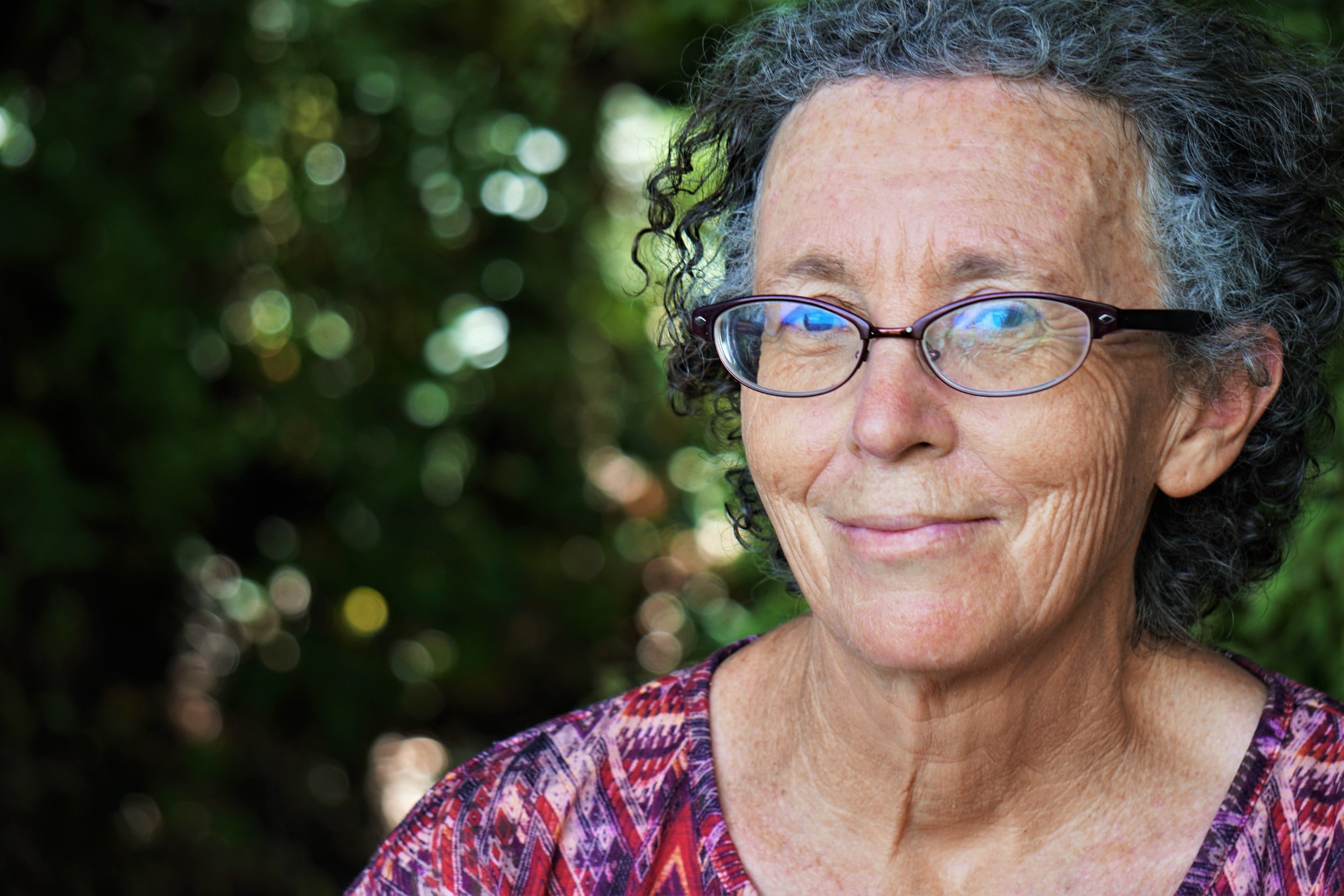Using Universal Design for Learning to Foster Inclusive Student Collaboration
by Dr. Majbritt Lyck-Bowen SFHEA, Senior Lecturer and Programme Leader of MA in Reconciliation and Peacebuilding at the University of Winchester, UK. See her previous Methodspace posts: “Teaching Peacemakers,” and “Include all with Universal Design.”
Introduction
On our distance learning MA in Reconciliation/Reconciliation and Peacebuilding at the University of Winchester we appreciate that all our students are unique learners with diverse experiences and preferences. We also recognise the importance of all students being able to communicate and work together within a diverse community of learners. This is not just important for their learning and engagement on the programme but also for their employability and everyday life. However, we are also aware that some students find collaborating with their peers difficult for a wide variety of reasons including cultural- and learning differences. The aim of this case study is to highlight how we have used the Universal Design for Learning (UDL) guidelines (see: https://udlguidelines.cast.org/) to foster inclusive student collaboration on the module Foundations of Reconciliation and Peacebuilding. As the title implies this is the first module students take on our MA degrees. The module aims to teach students study skills and research methods and methodologies. It also introduces key conflict-, peacebuilding- and reconciliation concepts, theories, approaches and frameworks.
Universal Design for Learning
UDL emphasises the importance of providing a variety of opportunities where students can develop and use not just their academic- but also their social skills. Hence modules should encourage and support peer interactions by including flexible pair- and group work enabling students to encounter as many different peers as possible as well as taking on different roles. UDL recommends that these student collaborations are based on shared activities and interests. UDL also stresses the importance of well-defined aims and expectations for the group work and of clearly establishing students’ individual roles and responsibilities. Finally, UDL also requires tutors to guide students in how and when to ask fellow students and tutors for assistance.
Creating Inclusive Safe Spaces for Student Interaction and Collaboration
A precondition for successful student collaboration is the creating of inclusive spaces where students feel safe interacting with each other. Student feedback has shown that a few icebreaking exercises in the beginning of the first semester is not enough to develop the kind of relationship that is a prerequisite for good group work. Hence, relationship-building exercises that go beyond the exchange of superficial information about themselves, instead focusing on the students’ life experiences, visions and values are included throughout the first half of the semester to help build a student community, where students really get to know each other. In the main classroom, we talk about how factors such as personality and culture affect the way we are used to communicating and interacting with others and the importance of appreciating this diversity and creating a new space, where we all feel safe to share our knowledge and opinions. Together we develop guidelines for how we communicate and interact in this new space. Students are also told to contact the module leader if they have any issues with the way other students are communicating and interacting.
Supporting Inclusive Student Collaboration
Recognising that some students find collaborating with others challenging, group work is initiated in a case study group. In the first few weeks all group work takes place within this group, giving the students an opportunity to get to know 2-3 of their peers well, before they are asked to work with other students. In addition to agreeing on practical arrangements for their group work, the case study groups are also asked to develop their own guidelines for how they are going to work together. For each task students are asked to decide, who provides feedback to the main classroom and who ensures that all voices in the group have been heard. These roles rotate among the students in the group, with students joining the rota when they feel comfortable taking on the roles. Students are regularly asked to evaluate their group work and discuss how it can be improved including how they can ensure that all members of the group participate actively and equitably.
Providing Diverse Opportunities for Student Interaction and Collaboration
The student collaboration in the case study groups include tasks that are carried out within the weekly classes as well as between classes outside our virtual classroom. In addition to the student collaboration in the case study groups, the module also offers many weekly opportunities for students to interact with each other. Whereas the longer and more complex tasks are carried out in the same case study group many other activities such as short discussions of concepts, theories and frameworks and sharing experiences of doing research, are carried out in pairs or groups of three. The case study groups are carefully formed mainly based on students’ preferences for a particular case study. UDL guidelines clearly link student engagement with activities they consider relevant for their interests. Therefore, it is important that students get to research a case study that they are interested in. However, our experience has shown that optimal student collaboration cannot be based on students’ preference for a particular case study alone. In order for the case study groups to offer our students a diverse learning experience, it is also imperative that the case study groups reflect the diversity within our learning community. Hence it is important to consider factors such as how much relevant professional and personal experience individual students have and make sure that the students with the most experiences do not end up in the same group. Due to the composition of our student body, we also have to consider what time zone students are living in to ensure that the groups can easily meet online outside the virtual classroom.
As students get to know each other better and their collaboration skills and confidence improve less structured tasks that encourage students to work in a more student-led way are introduced. In the last couple of weeks of the semester, students are asked to identify which students they have had less opportunities to collaborate with and these students are then asked to work together. The aim is that all students should have had at least one opportunity to collaborate with all other members of the learning community.
Making Student Collaboration Meaningful
The importance of ensuring that collaboration is meaningful to students cannot be underestimated. Students need to feel that collaborating with other students is embedded in the learning activities and that it enhances their learning in ways working on their own cannot. Hence each collaborative task needs to be designed in a way that clearly achieves this. On this module each collaborative task requires students to share their knowledge, resources, experiences and opinions, so students encounter more diverse inputs than if they had worked on their own. There is also always a clear link between the tutor-led content and the different tasks students are asked to do collaboratively. Examples of this include students in groups being asked to discuss the relevance of a particular theory that has just been introduced by the tutor for understanding their case study or students being asked to discuss the advantages and disadvantages of using a research method in a particular scenario that the tutor has just introduced. Subsequently a member from each group is asked to provide a summary of their key findings to the main classroom offering a feedback loop that helps make the group discussions meaningful. Parallels are drawn to work situations, where a group is asked to carry out an activity and then required to synopsize and assess their findings with a larger group of colleagues and where it is vital that all members’ expertise and experiences are valued and incorporated.
Another way of helping make collaborative learning meaningful to students is by embedding it in the assignments. On this module the research that the case study groups carry out collaboratively is directly relevant for the assignments individual students are required to develop. In the case study groups students are also asked to comment on each other’s drafts for one of the assignments. That same assignment also requires students to talk with another member of the case study group about a particular issue and then write up their own understandings of the issue based on this conversation because students must be individually assessed.
Finally, in addition to understanding why collaborating on carrying out a particular task is beneficial; students also need to clearly comprehend how they are expected to collaborate. Hence it is important that the purpose and expected process and outcome are clearly set out and explained. All larger tasks such as the case study group work is clearly explained in written guidelines that are available to the students from the beginning of the module. All tasks are also clearly set out orally in the virtual classroom and students are invited to ask any clarifying questions they might have.






















Learning while doing: collaborating on a book about collaboration.